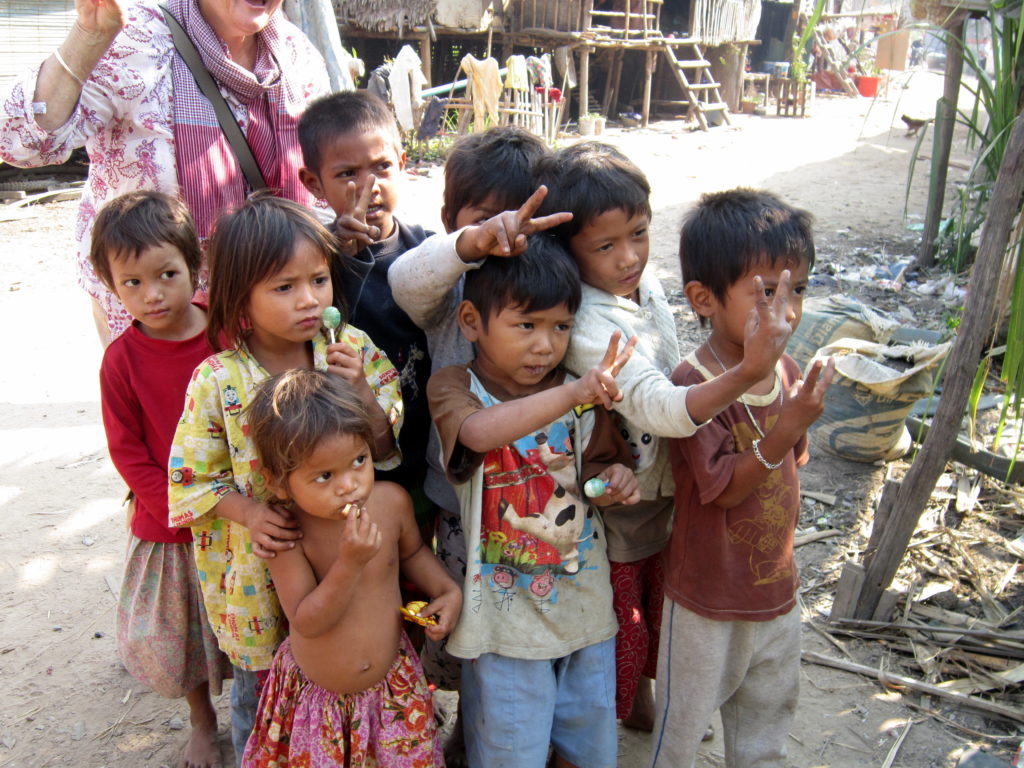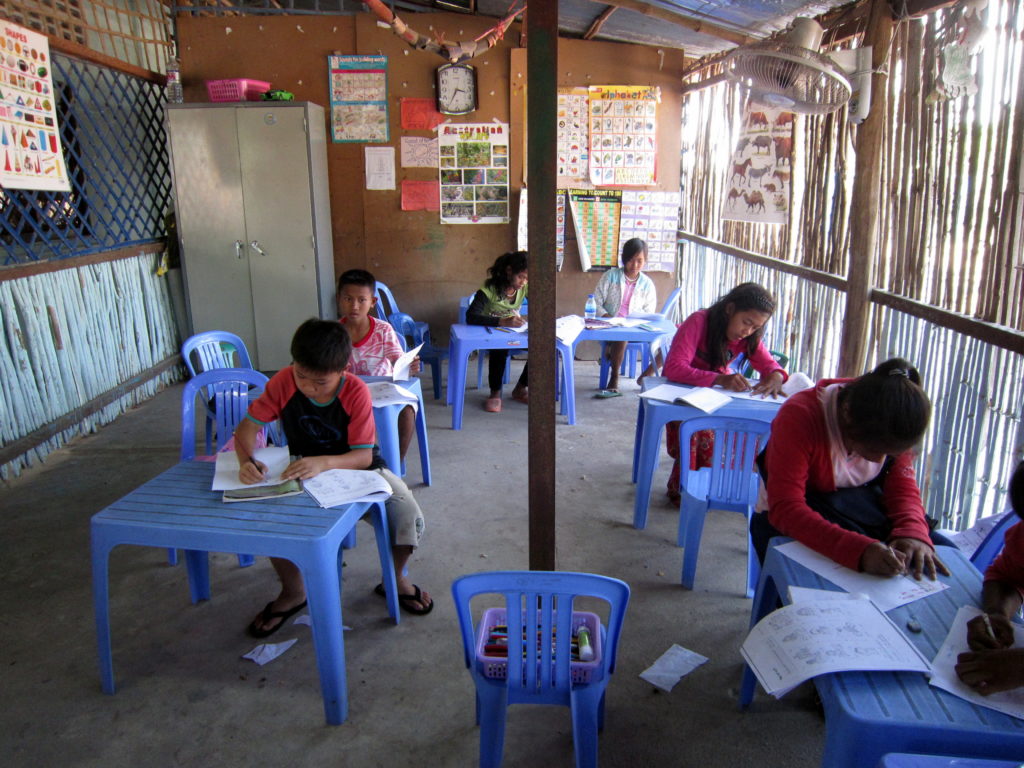Voluntourism is “the conscious, seamlessly integrated combination of voluntary service to a destination and the best, traditional elements of travel — arts, culture, geography, history and recreation — in that destination.”
Source: http://www.voluntourism.org
In 2011, I guest-lectured at the University of Queensland for an undergraduate Tourism class on my experience with Voluntourism.
Background:
Volunteer Tourism has become popular among global-conscious Millennials for good reason. It combines the best of both worlds – helping to make a difference mingled with regular tourist sight-seeing. In 2010, I taught English at New Hope Cambodia, located in one of the poorest districts of Siem Reap. The non-profit houses a free clinic, school and outreach program for residents of the Mondul 3. In Cambodia, many people live off of $30 per month, and some families have been known to sell their children for as little as $15. Many of the children who attend the school work at night to raise money for their families and often come to class hungry and sleep-deprived.
Benefits of Volunteering:
People have reported many benefits and positive feelings of volunteering:
- New Experience, Adventure
- Education/Cultural Immersion
- Personal Growth/Self Fulfillment
- Appreciation for what you have
- Bonding with other volunteers
Source: Brown, S 2005, Travelling with a purpose: Understanding the motives and benefits of volunteer vacationers’, Current issues in tourism, vol. 8, no. 6, pp. 479-96.
For us, a typical day/week consisted of biking across town to New Hope, teaching younger students (ages 5-8) from 8am-11am, then 12pm-4pm classes with older students (ages 9-20), biking back to our hostel, then dinner and drinks with other volunteers. On the weekend, we took day-trips or visited the nearby temples.
Challenges:
Voluntourism may seem idyllic, but there are challenges to the system.
Inefficiency – In non-government organizations (NGO’s), efficiency refers to the amount of money donated that goes to the actual cause vs. overhead expenses and many of these smaller, local NGO’s rank low in this category.
Language Barrier – It was difficult to explain many of the nuances of English, when we were unfamiliar with the local language and confusion sets in. And, there are differences among English-speakers as well. I taught with an Australian who told the students to pronounce “Towel” like “Tahl”, vs. my American accent in which the word has two syllables (“Tao-EL”).
Inadequate Materials/Books – We often relied on teaching materials that are outdated or missing pages. Some students didn’t have a book at all, others had a workbook with the answers already filled in.
Under-skilled Volunteers – Let’s face it, I’m not a teacher. Pretending to be one for a week was fun, but I don’t have the skills it takes to manage a classroom, nor the experience teaching content. Volunteers are often short-term, which means NGO’s don’t take the time to train them and there is no crossover, so volunteers end up duplicating the work of previous volunteers.
Inconsistency of Students – Classes were structured by age, but there was a wide range of skill level between the children. This resulted in extreme cases of some kids who were bored, while others struggled to keep up. School was only a few hours each day, which made it difficult to cover much material or build on concepts from one day to the next. Some students would skip class for a day or even a week due to work. Even if they did show up, they might be too tired or hungry to focus. My friend taught a class where a student was so exhausted that he didn’t wake up after falling out of his chair and onto the floor!
Conclusion:
There were times I questioned whether I was doing more harm than good. There were times when I wondered if volunteering was more for their benefit or mine. Call me naïve, but I’d still recommend it with that adage, “if I’ve helped just one person, it was worth it”. If you are really interested in volunteering, I suggest taking the time to do it for more than a week. Devote some real time to getting to know the organization and people you’re helping.
Links:
How to Volunteer Abroad Ethically… – Great ideas how to volunteer the right way.
I went to Africa and all I got was this new profile picture – A HuffPost article explaining harmful effects of Voluntourism.
Gurl Goes to Africa Tumblr – The cynical page dedicated to cliché photos, which inspired the title of the above article.
The problem with little white girls, boys and voluntourism – Another HuffPost article portaying one woman’s experience and warnings.


